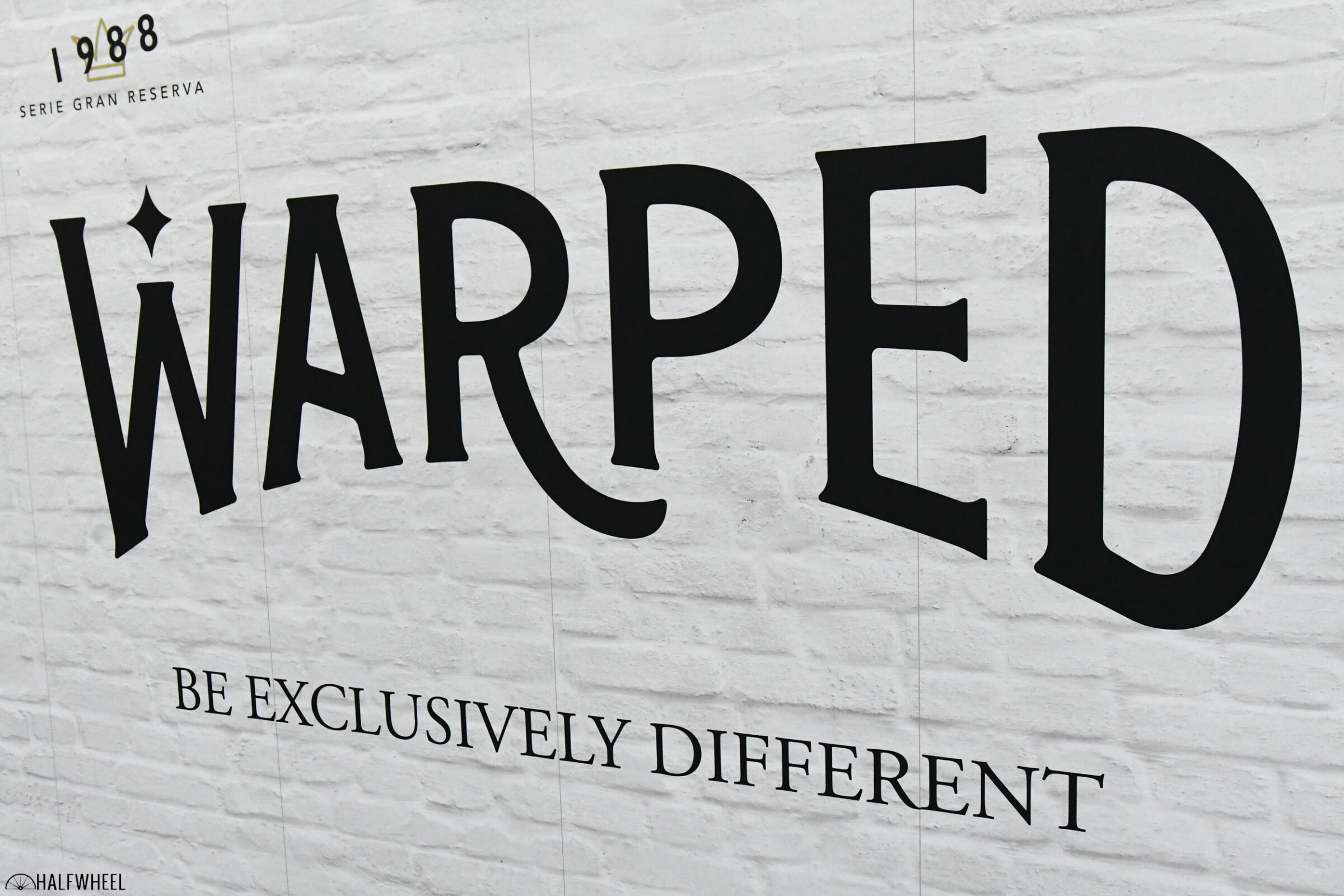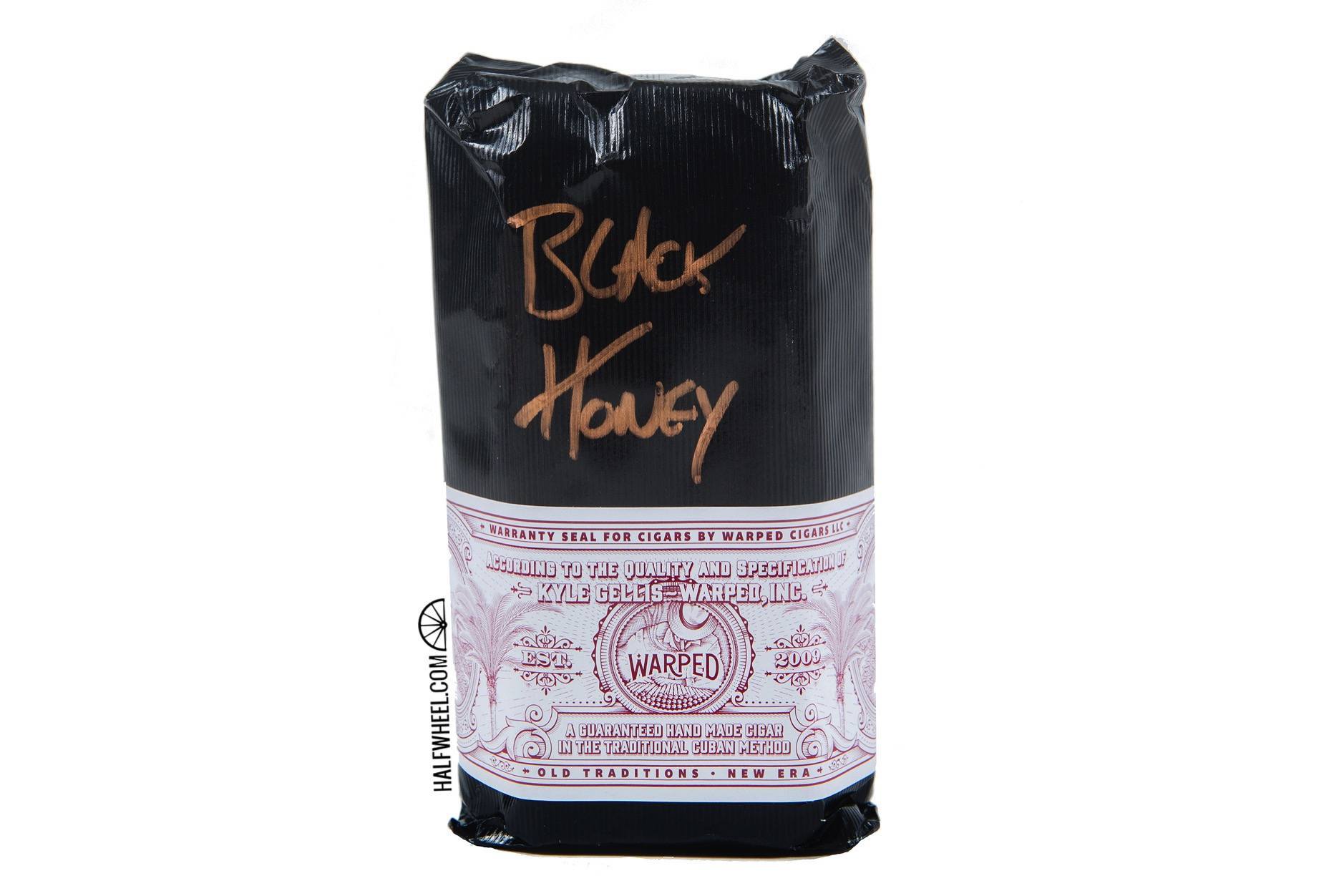Anyone who has been smoking cigars for a couple of years undoubtedly has at least one cigar they wish they had more of, whether a limited edition, a regional exclusive, or simply a line that was discontinued and faded away into history. In an era of more and more limited editions, it seems like this has become even more commonplace.
Sometimes, cigar lovers get their wish and a cigar returns to the market, such as what Warped Cigars has done with its La Colmena Black Honey line, a line notable not just for being a limited edition but also for combining blend aspects of some of the company’s other lines.
The blend draws on two of the company’s other lines, the La Colmena and El Oso. The wrapper is an Ecuadorian habano oscuro leaf, the leaf found on El Oso, while the internal blend draws on the La Colmena Unico Especial, with dual Ecuadorian binders and fillers from Nicaragua and the Dominican Republic. Back in 2015, Kyle Gellis described La Colmena Black Honey as “a tweaked Colmena with a bit more viso then (sic) the regular production, adding a good amount of balanced spice compared to No. 44 and No. 36,” adding that he felt the body of the cigar was is on the higher side of medium.
La Colmena Black Honey debuted in January 2015 as a very limited edition, with just 13 stores carrying the 60 bundles of 10 cigars produced. That release went on to finish #12 on halfwheel’s Top 25 Cigars of 2015.
The second release in 2017 went to more stores, with 67 retailers carrying it, but production numbers were not disclosed.
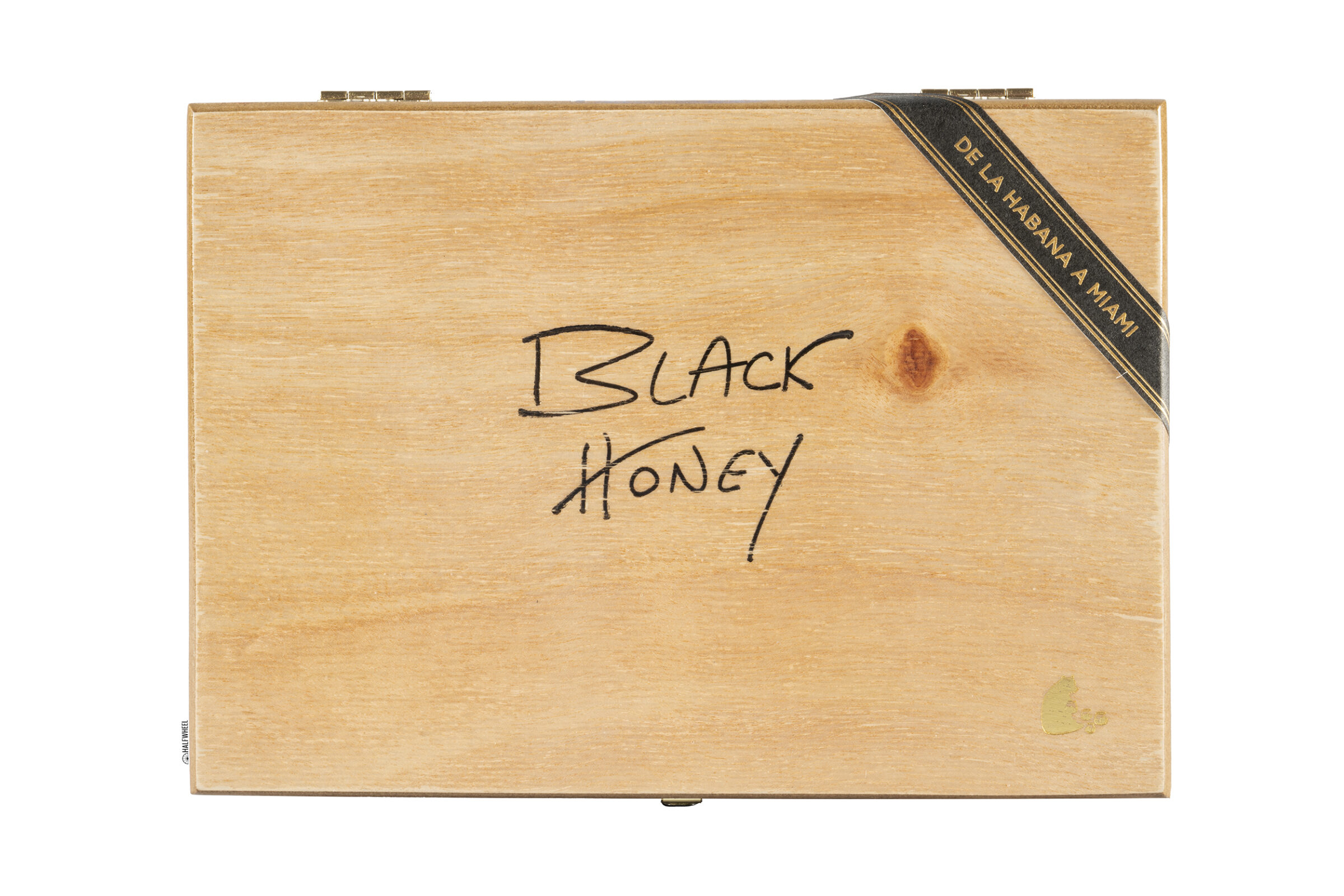

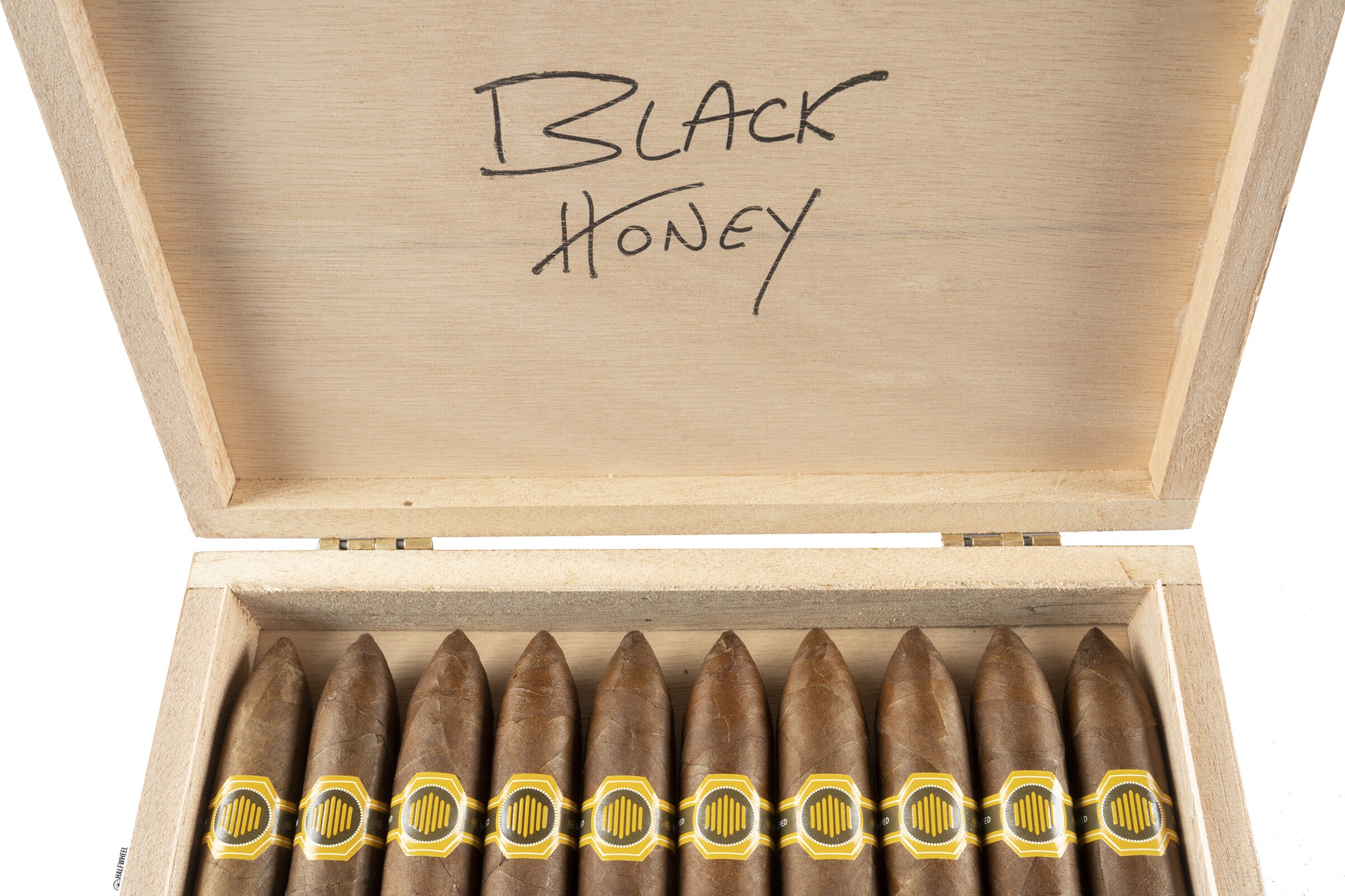
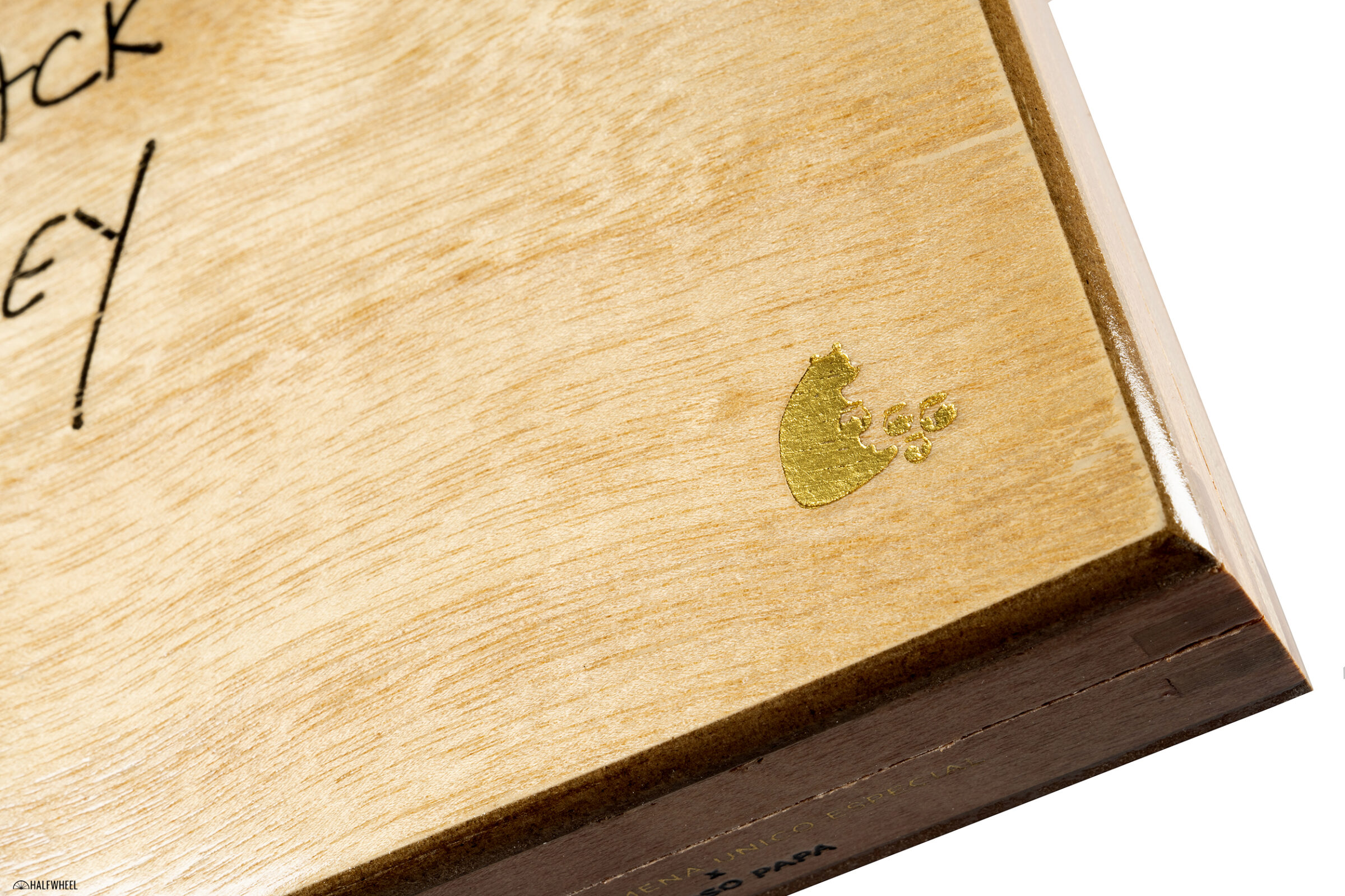
For 2023, the cigar was available to all Warped retailers, though once again production numbers were not disclosed. The company also made a notable change to the line’s presentation, shifting the cigars into traditional wooden boxes as opposed to being offered in black paper-wrapped bundles with what looks like the line’s name handwritten with a gold ink Sharpie.
Regardless of the release date, the cigar is a 5 x 48 belicoso, with production handled by El Titan de Bronze in Miami’s Little Havana neighborhood. The MSRP for this most recent version is set at $22 per cigar and $220 for a box of 10 cigars.
Note: The following shows the various La Colmena Black Honey releases. Some of these cigars may have been released after this post was originally published. The list was last updated on Jan. 13, 2024.
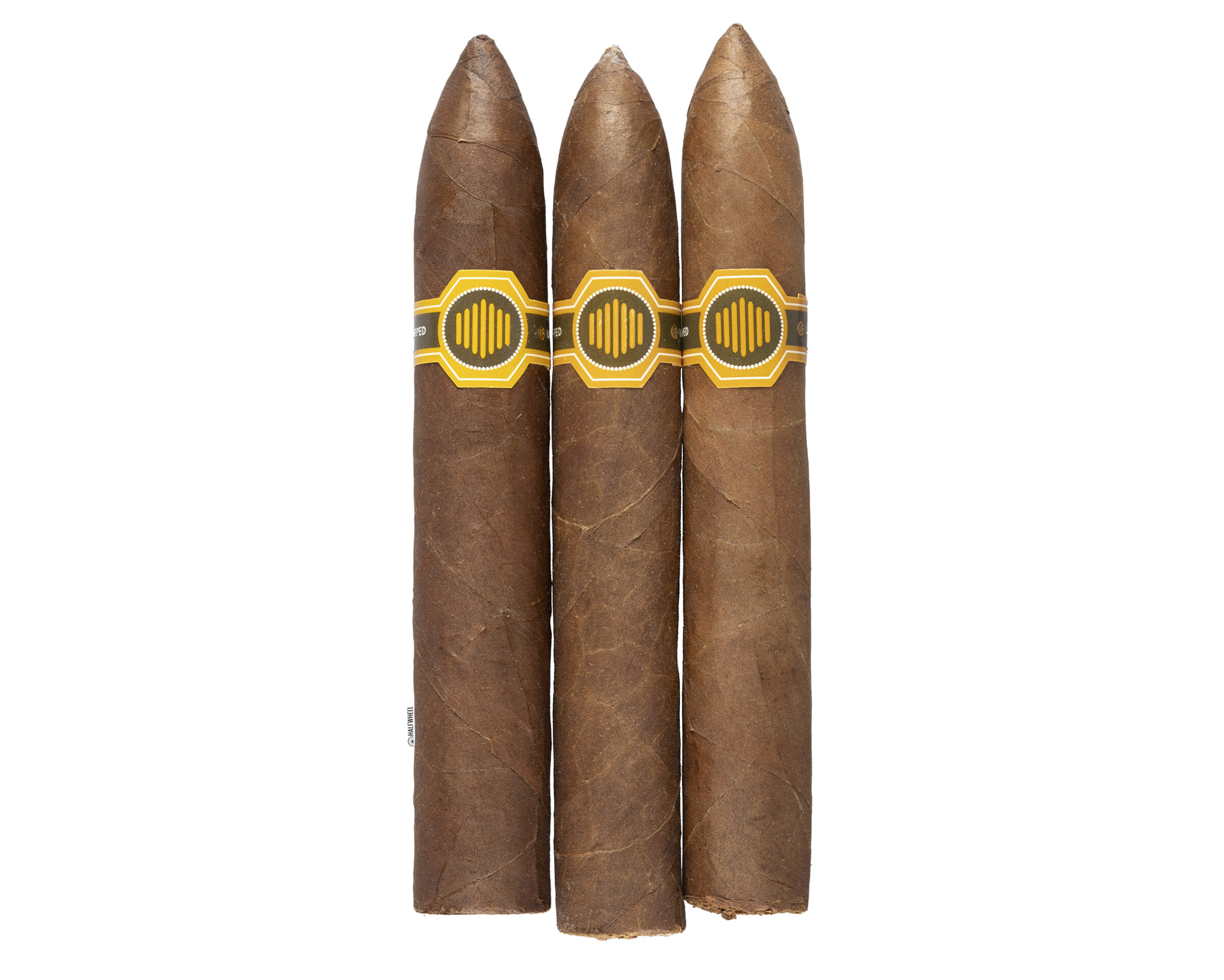
85
Overall Score
The La Colmena Black Honey seems to have a couple of issues holding it back, and how intertwined they are with each other is something I'm rather intrigued by. Two of the cigars had a draw that I would call firm, far from plugged or obstructed, but enough that it made me wonder if the construction was impacting the flavor. They were also the two cigars that had chalk and other funkiness in the profile, whereas the third cigar with the more ideal draw dodged almost all of those problems. Then there is a question about a difference in the tobaccos from the 2015 and 2017 releases, both of which earned very good if not great scores, leading me to wonder just how much the raw ingredients might have affected the experience. After six years, I was certainly hoping that the La Colmena Black Honey would be a repeat of the 2015 version that put the blend on a lot of people's radars; now I just hope the next version will be worth waiting at least six years for.
As for when it will be back once this current batch is exhausted, Gellis has said that it will be at least six years before La Colmena Black Honey returns.
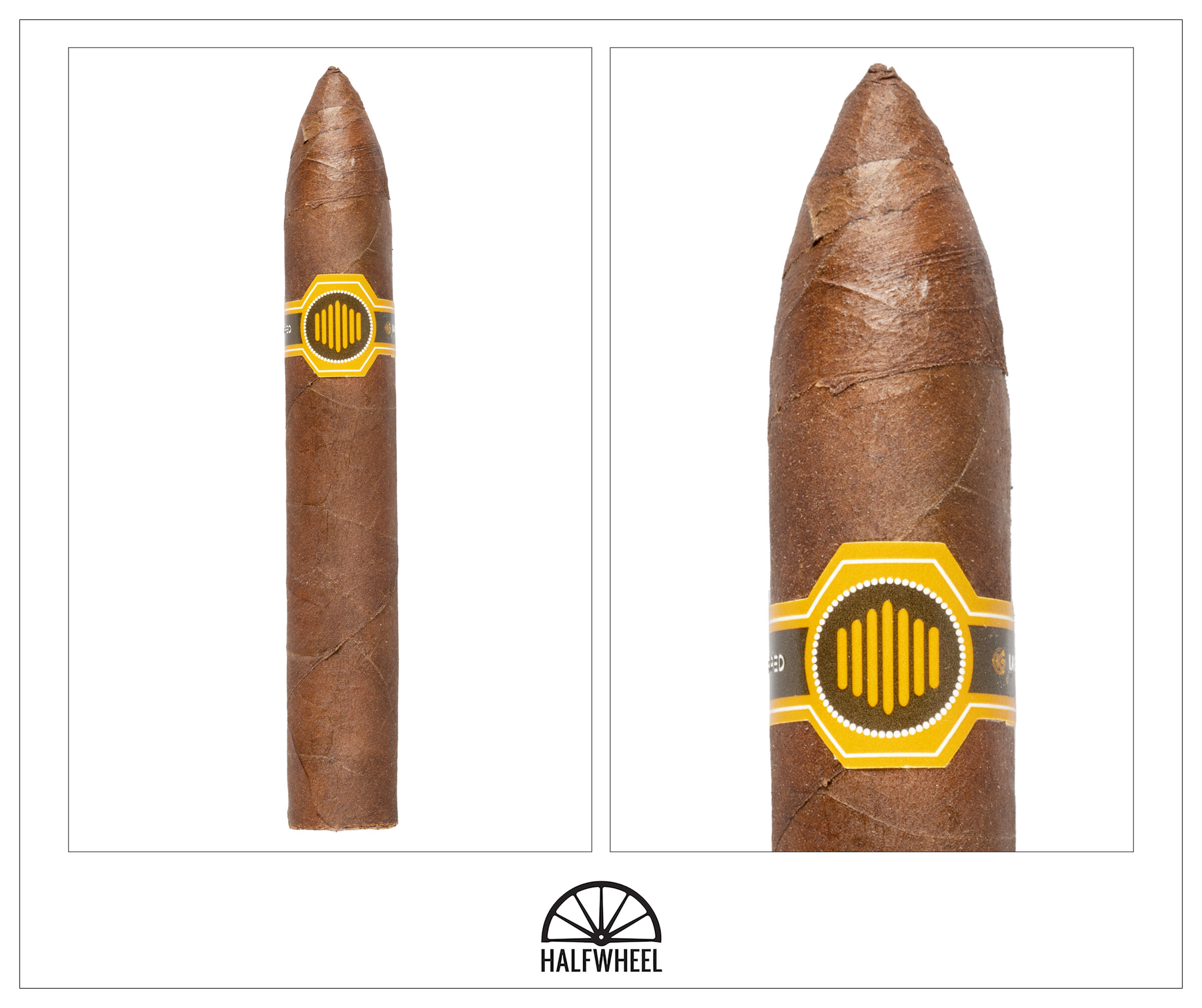
- Cigar Reviewed: La Colmena Black Honey (2023)
- Country of Origin: U.S.A.
- Factory: El Titan de Bronze
- Wrapper: Ecuador (Habano Oscuro)
- Binder: Ecuador
- Filler: Dominican Republic & Nicaragua
- Length: 5 Inches
- Ring Gauge: 48
- Vitola: Belicoso
- MSRP: $22 (Box of 10, $220)
- Release Date: Oct. 31, 2023
- Number of Cigars Released: Undisclosed
- Number of Cigars Smoked For Review: 3
I feel like the term petit belicoso is more apt for this cigar, given that it is both smaller and skinnier than other belicosos I would come across in a humidor. All three cigars are rolled rather firmly, but none have a noticeable mass or density in my hand. The leaves don’t have much in the way of oiliness, but sit in that spot where they are dry and smooth with a somewhat waxy texture and the small veins provide a bit more feedback to my fingers. Colorwise, the wrappers are on the dark side of what I’d call medium brown but not quite enough that I want to call them dark brown. They are also very evenly colored, including between the cylinders and the heads. The foot has a mild aroma of Cheerios dust and orange zest, while some of the cigars add a bit more grain by way of plain crackers or croutons. The cold draw is a touch firm and has an even mellower flavor than what the aroma offered and seems to lose the orange zest. Regarding airflow, I am immediately curious how this tapered head will affect things once the cigar is lit and if I will be tempted to make a second cut, as two cigars feel a touch restricted.
There’s a bit of chalk delivering a sharp funkiness in the first puffs of the La Colmena Black Honey. It’s more pronounced in two of the cigars, while the third largely dodges it, but it’s not the best start I’ve encountered from a cigar. The cigar needs a couple of puffs for things to get on track, with a light pepper leading the way for a bit of dry lumber. The pepper progressively turns into a more familiar black pepper flavor, providing a bit wider spectrum of flavor on my taste buds ahead of the one-inch mark. As for retrohales, the pepper follows the same progression, with an intensity I would put around mild-plus, meaning it tickles my nostrils but doesn’t overwhelm them. Flavor and body are both medium-minus thus far, while strength. Construction is very good in the first third, and while I’d like a slightly more open draw, it hasn’t presented any undue issues. Smoke production is solid and the burn line is even.
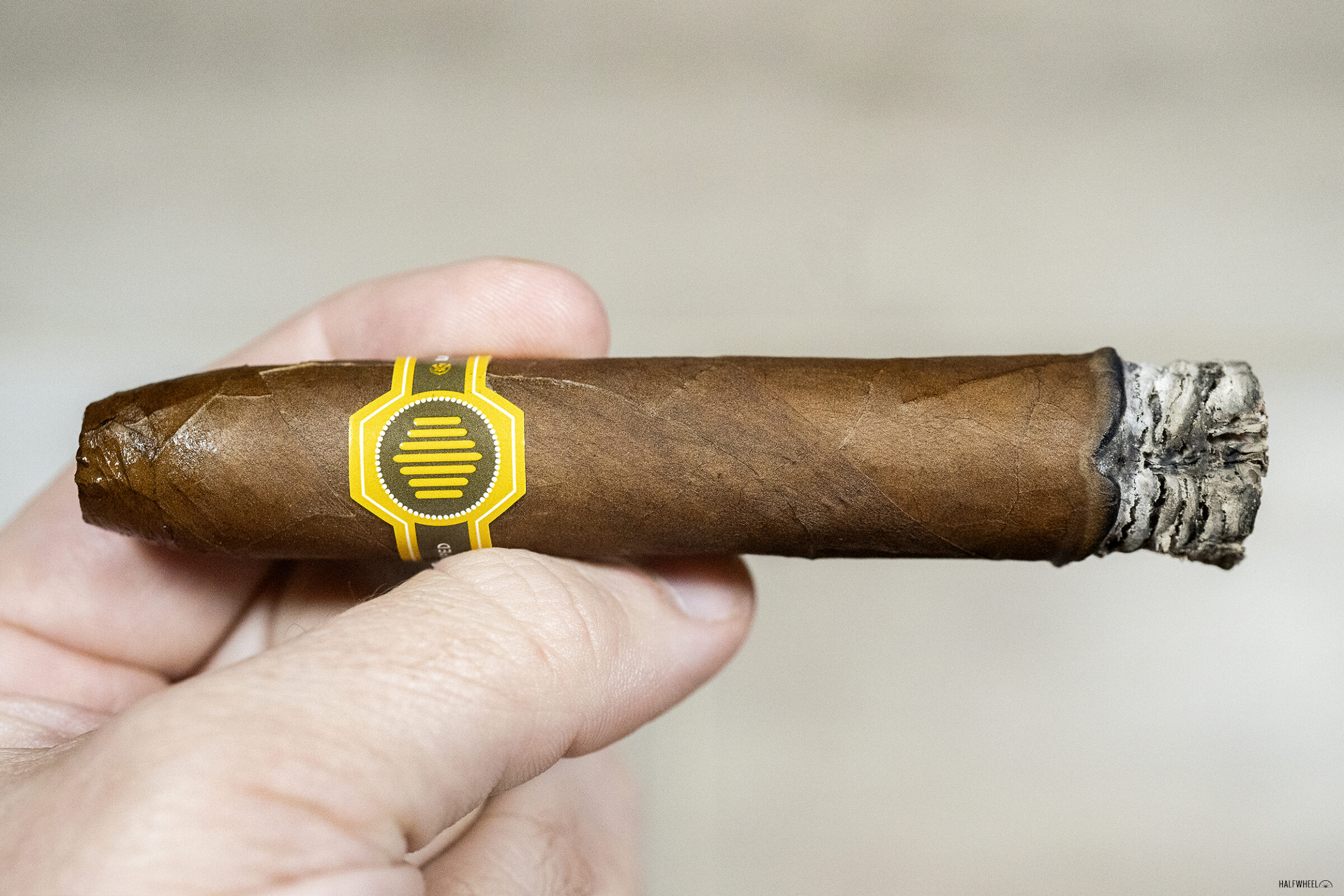
The second third of the La Colmena Black Honey sees a pivot to dry earth as the lead flavor, a very enjoyable flavor across all three samples but even more so in the one with the best draw of the three cigars. There is still a decent amount of black pepper, while the cereal grain flavor reappears from time to time and the lumber fades. Retrohales still have a good amount of black pepper, though as the second third gets going, the pepper varies in intensity. Some retrohales make me note that it feels like the sensation is mellowing, while others make me think they are intensifying, the latter a thought that gets reinforced when I get a bit of peppery sensation at the back my throat. A dry peanut flavor makes an appearance as the burn line crosses the midway point, while my nostrils get a more noticeable and lingering tingle from black pepper, even without a retrohale. On the whole, construction is still very good, particularly the ash of the cigar, which holds on very well. Smoke production has picked up a tick as well, while the burn line stays largely even. Whatever level of airflow each cigar started with has held to this point, meaning two cigars are a touch firm while the third is closer to ideal. Flavor has ticked up into medium, if not medium-plus territory, body is medium-plus, and strength is medium-minus.
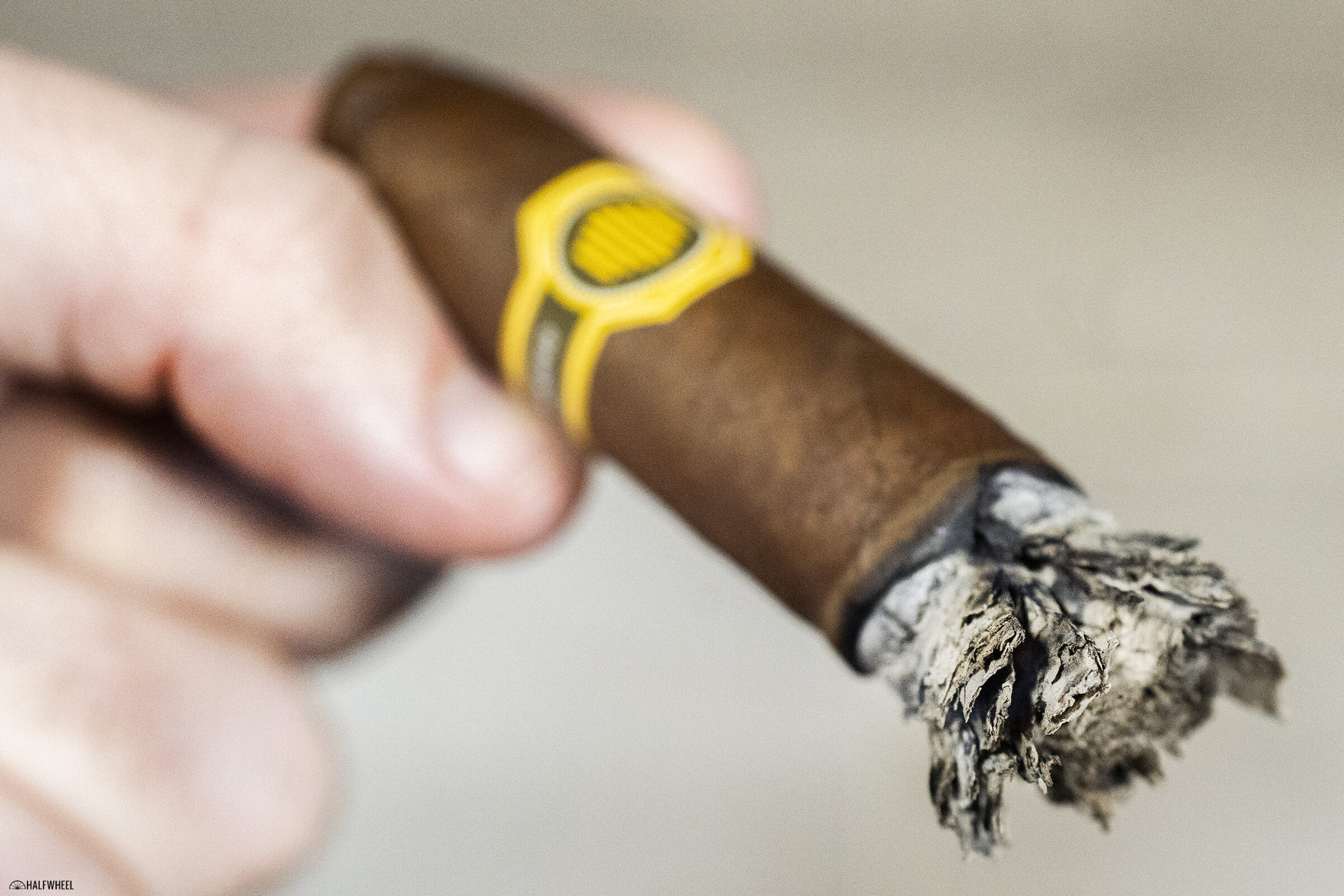
A bit of chalk returns as the final third gets underway, a callback to the same flavors offered by the first puffs. Fortunately, it is fleeting, and the cigar quickly gets back on track, now with a light yet vibrant dry earth, some more peanut, and a black pepper that has a bit more intensity than earlier and imparts a lingering tingle on my tongue. While the smoke has always felt a bit more textured than smooth, it now feels even more so, picking up a bit of grittiness that elicits a distinct kind of physical reaction in addition to what the flavor is eliciting. The cigar shows its first traces of creaminess, not consistently across the three cigars and not enough that I would go so far as to call the cigars creamy, but enough that merits a mention. That profile closes out the cigar, bringing it to a solid finish when it’s at its best. Flavor finishes medium-plus, body is medium, and strength has reached medium as well. Construction is still good in terms of smoke production and burn line, while the draw is a bit more varied, but none present an issue. One cigar struggles with combustion, while the other two burn without much problem.
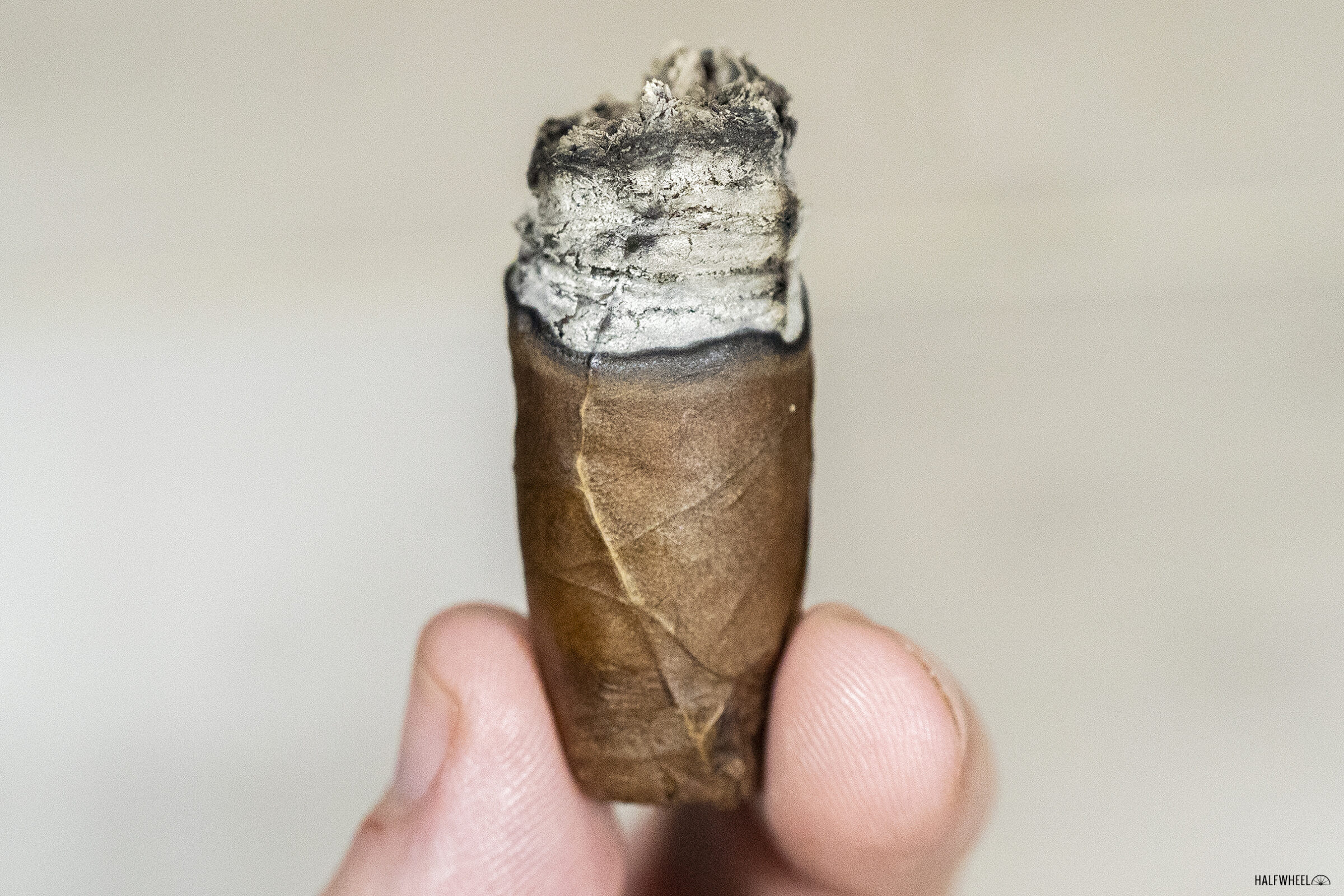
Final Notes
- The ash on the La Colmena Black Honey holds on impressively enough to warrant a mention. Flaky and unstable ash is one of my pet peeves with certain cigars, so it’s refreshing to see ash that holds on until I’m ready to tap it off instead of leaving a mess needing to be cleaned up.
- I would be interested in trying this blend in a parejo vitola to see how the experience would differ without the belicoso head tapering the smoke down and possibly limiting the airflow just enough to be noticeable.
- One cigar really struggled with combustion in its final third despite performing quite well in its first two thirds.
- The sample size is way too small to make a definitive statement, let alone attribute causation, but just a slightly looser draw seemed to really make a positive difference in the flavor profile.
- The La Colmena Unico Especial, which came out in 2014 and shares the same vitola as the Black Honey, earned the #10 spot on halfwheel‘s Top 25 Cigars of 2014.
- None of the three cigars packed much of a nicotine punch while smoking them, but one felt like it stuck with me for a bit after I was done smoking it.
- The cigars for this review were purchased by halfwheel.
- Final smoking time was one hour and 50 minutes on average.
- Site sponsors Atlantic Cigar Co., Cigars Direct, Corona Cigar Co., Famous Smoke Shop, JR Cigar, and Smoking Pipes carry the 2023 version of the La Colmena Black Honey.
85
Overall Score
The La Colmena Black Honey seems to have a couple of issues holding it back, and how intertwined they are with each other is something I'm rather intrigued by. Two of the cigars had a draw that I would call firm, far from plugged or obstructed, but enough that it made me wonder if the construction was impacting the flavor. They were also the two cigars that had chalk and other funkiness in the profile, whereas the third cigar with the more ideal draw dodged almost all of those problems. Then there is a question about a difference in the tobaccos from the 2015 and 2017 releases, both of which earned very good if not great scores, leading me to wonder just how much the raw ingredients might have affected the experience. After six years, I was certainly hoping that the La Colmena Black Honey would be a repeat of the 2015 version that put the blend on a lot of people's radars; now I just hope the next version will be worth waiting at least six years for.
I strive to capture the essence of a cigar and the people behind them in my work – every cigar you light up is the culmination of the work of countless people and often represents generations of struggle and stories. For me, it’s about so much more than the cigar – it’s about the story behind it, the experience of enjoying the work of artisans and the way that a good cigar can bring people together. In addition to my work with halfwheel, I’m the public address announcer for the Colorado Rockies and Arizona Diamondbacks during spring training, as well as for the Salt River Rafters of the Arizona Fall League, the WNBA's Phoenix Mercury and previously the Arizona Rattlers of the Indoor Football League. I also work in a number of roles for Major League Baseball, plus I'm a voice over artist. Prior to joining halfwheel, I covered the Phoenix and national cigar scene for Examiner.com, and was an editor for Cigar Snob magazine.










